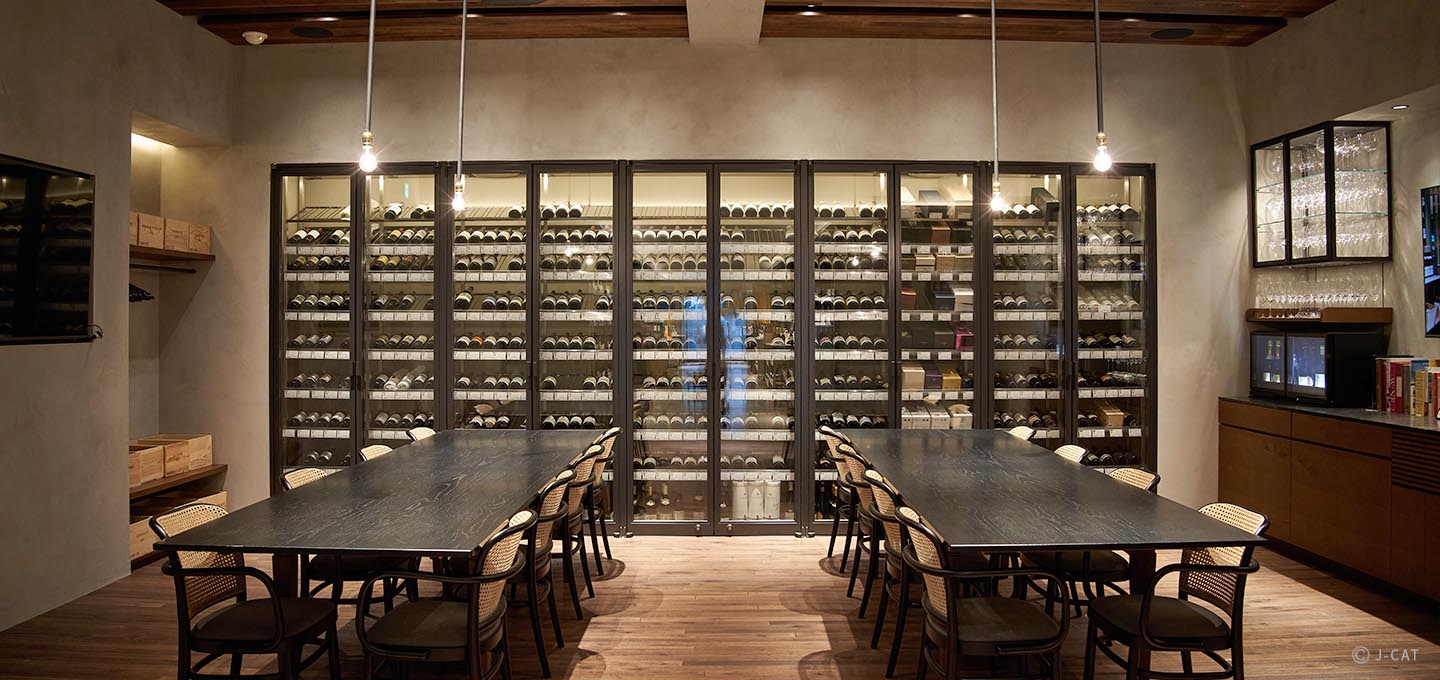
Special Experience
Tokyo
Express Yourself With Kanji Calligraphy While Savoring Wine in Tokyo
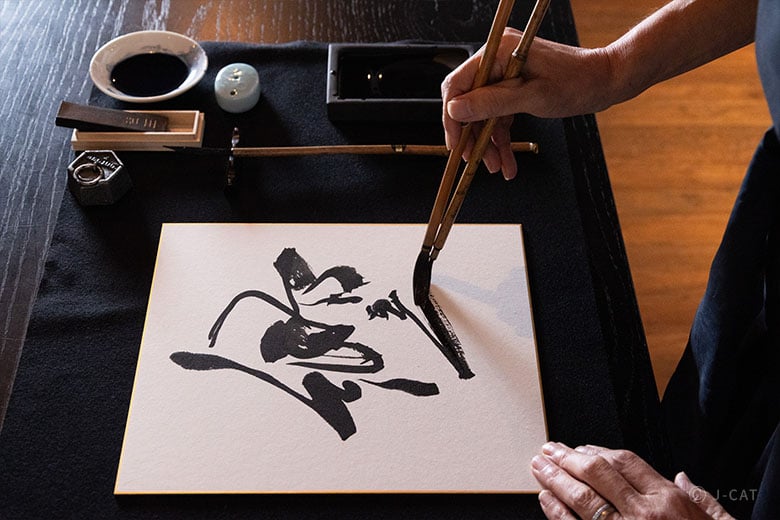
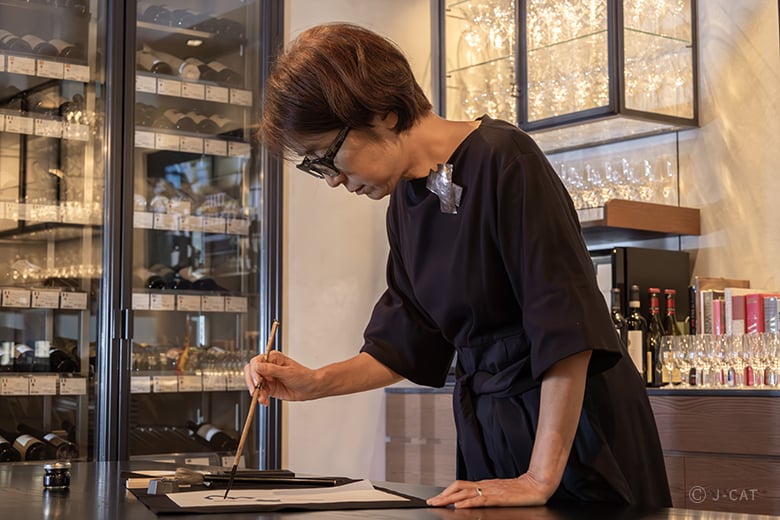
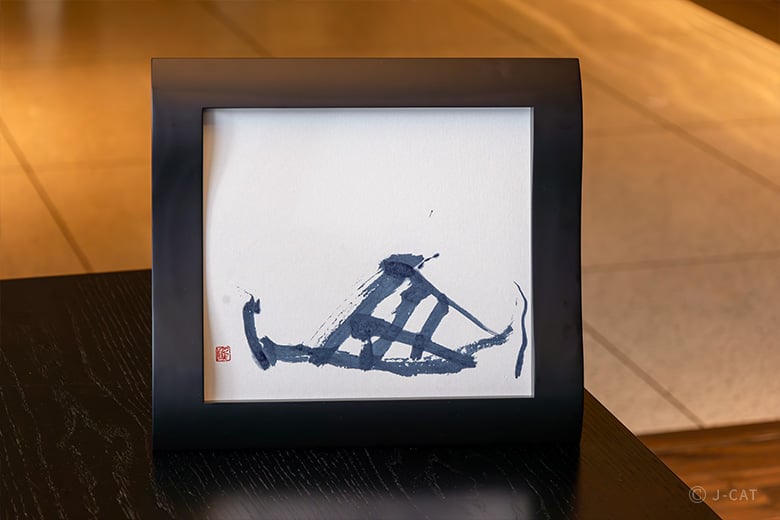
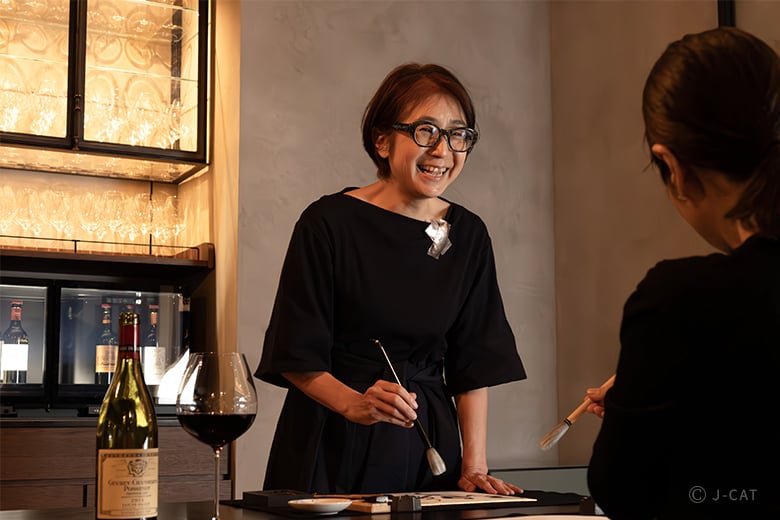
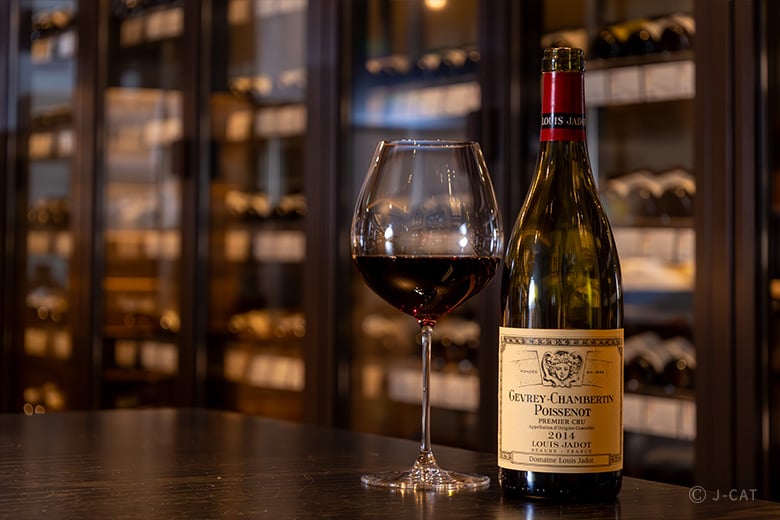
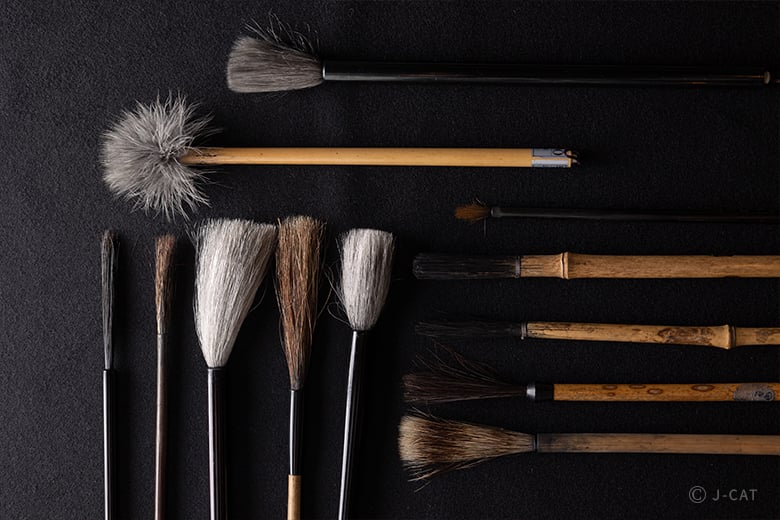
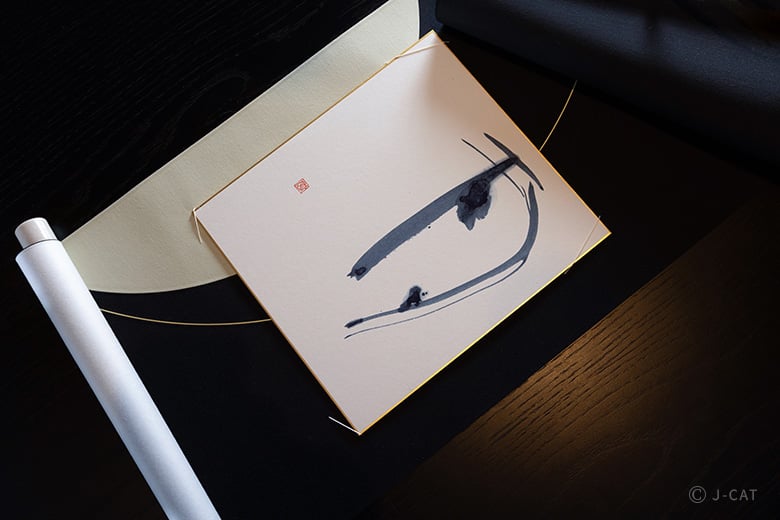
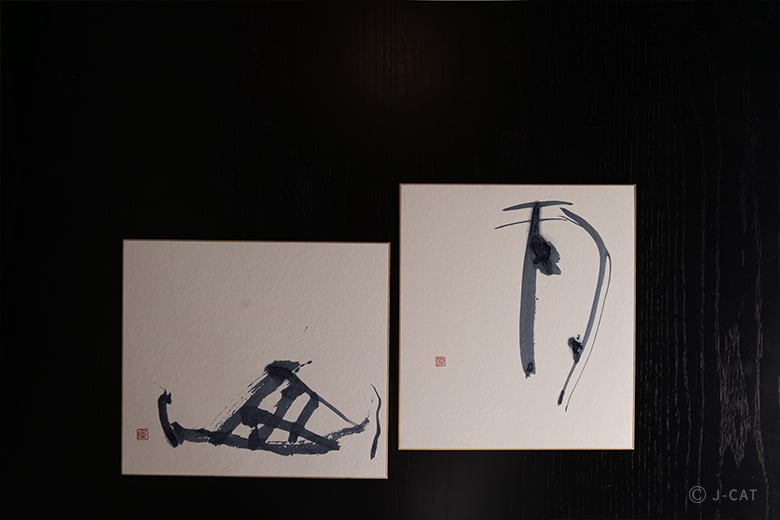
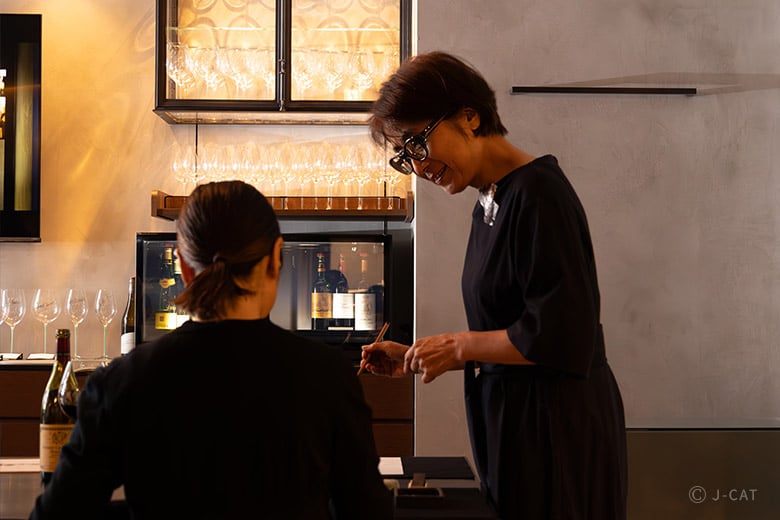
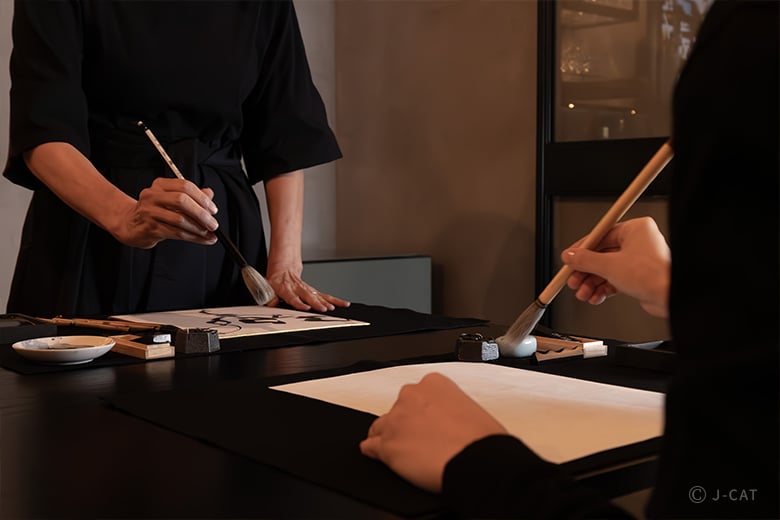
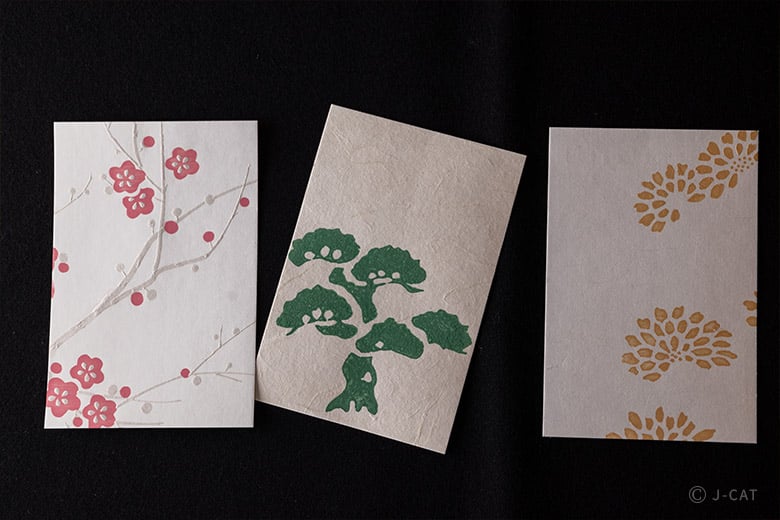











Overview
At the wine specialty shop The Cellar Toranomon, taste seasonal wine as you enjoy an artistic calligraphy session with distinguished calligrapher Garan Sato. Artistic calligraphy, a concept pioneered by Ms. Sato, involves writing kanji characters as if drawing a picture as a means of self-expression. This experience will be an opportunity to sum up your thoughts and feelings about your trip to Japan in a kanji character.
Key Features
・Spend a relaxing time enjoying seasonal wine at one of Tokyo's leading wine cellars
・Express your thoughts and feelings about your trip to Japan, or even just your current mood, in kanji, then turn it into a work of art
・Try Japanese calligraphy not only with ink, but also with a traditional Japanese pigment called hon-ai (natural indigo)
Tokyo
120mins
from ¥55,000 /person
1 - 6 participants
Available in English
Cancel free up to 4 days prior
Details
An Immersion Into Artistic Calligraphy at a Wine Cellar in Tokyo
Established in 1999, The Cellar Toranomon is a well-known wine specialty shop in one of Tokyo's leading business districts. It has earned a reputation for being a place where enthusiasts can deeply immerse themselves in the world of wine. The shop's knowledgeable staff eagerly guide customers through its finely curated selection of unique wines from all over the world, and are noted for their ability to help guests — even the most discerning ones — choose the perfect wine for them.

The Cellar Toranomon, which faces a main street, stands out for its refined and eye-catching facade
Your instructor for this experience will be calligrapher Garan Sato, who holds artistic calligraphy classes in Ginza. After working as an interior designer, she became a calligrapher and pioneered the concept of artistic calligraphy, a calligraphy style that involves writing characters as if drawing a picture from the heart.

Garan Sato, a former interior designer who is now a distinguished calligrapher
This concept has garnered attention from the art world; it is what Ms. Sato's calligraphy is known for. Like paintings and sculptures, kanji characters can also become art pieces that can be displayed or given as presents. With this belief in mind, Ms. Sato creates many works of artistic calligraphy that have the power to captivate viewers. This workshop will give you the opportunity to experience art and calligraphy in a new light with Ms. Sato.
Savor the Perfect Wine for the Season
This Wabunka-exclusive plan starts with the experience of enjoying wine from The Cellar Toranomon. The shop's staff, who are all well-versed in wine, will select the perfect wine to suit and reflect the season.

Enjoy to the fullest a glass of seasonal wine selected by the shop's staff, all of whom are passionate about wine
Savoring wine in a tranquil and calming wine cellar will help you feel at ease and unwind. Even if this will be your first time trying calligraphy, you will be able to relax and have a pleasant time.
Write From the Heart: The Joy of Calligraphy, as Explained by Garan Sato
Ms. Sato explains that there are two related terms in Japanese calligraphy: shodo (which literally means "the art of calligraphy") and shuji (which literally means "penmanship"). She says, "Shodo is different from shuji. Shuji simply means learning to write characters. It is essentially penmanship, so there are many things to keep in mind, such as 'tome' (ending a stroke) and 'hane' (an upward brush stroke that ends thinly). In contrast, shodo is all about expressing your feelings as is."

Ms. Sato's enthusiasm for kanji characters, which started in her childhood years, is reflected in her current endeavors
For example, when writing the kanji character 月 ("tsuki," which means "moon"), each person imagines the moon differently: the crescent moon, the full moon, and so on. Likewise, even the same kanji can be expressed in various ways by different people, with the boldness, thickness, and size of the characters varying. Thus, just pour your feelings into your chosen kanji character, and write it from the heart. This is the root of Ms. Sato's idea that kanji characters, like paintings, can be created as works of art.

Ms. Sato will show you her collection of brushes made with various materials: bamboo, rabbit hair, ostrich feathers, wild-boar hair, and more
This experience is also a valuable opportunity to see and use calligraphy tools such as ink, paper, and brushes. There are many types of brushes made from different materials: bamboo, rabbit hair and more. The hair quality of the brush affects the quality of the lines, so the mood of a finished calligraphy piece can vary dramatically depending on the brush used.
The fact that using a brush allows for a wider range of expressions is the most fascinating aspect of artistic calligraphy. In this experience, you will use a mixed-hair brush, which is more beginner-friendly. As the name implies, this type of brush is made by mixing animal hairs with different properties. You can also try brushes made of other hairs to compare and enjoy the differences.

Hon-ai (natural indigo), a traditional pigment that has been used in Japan since ancient times, has a different texture from sumi ink
After practicing with ink, you'll move on to creating your art piece by writing on shikishi cardboard with a natural pigment called hon-ai (natural indigo). Deep indigo is a familiar color that has been used as a pigment in Japan for a long time. To use hon-ai as a writing ink, it must be dissolved in water like paint, then mixed with glue to make it stick firmly to paper.
Ms. Sato uses hon-ai from a specialty store in Tokushima Prefecture, and she is said to be the only calligrapher in Japan who uses hon-ai for calligraphy. This means that you won't be able to learn to write with hon-ai anywhere else.
Watch an Elegant Demonstration, Then Try Calligraphy Yourself
First, you'll learn the basics of calligraphy through explanations and demonstrations by Ms. Sato. She will teach you how to hold a brush and draw basic lines. One tip from her is that it's better to let the ink run. Let the ink run, watch it gradually fade, then add more ink and watch it fade, as if cyclically. Take your time feeling for yourself this beauty that is unique to calligraphy.

The sight of Ms. Sato gracefully writing kanji characters while holding two brushes is captivating
As you watch Ms. Sato's calligraphy demonstration up close, you may notice that she handles her brush very lightly. By observing her at work, you can learn the rhythm and form of writing calligraphy.
Ms. Sato says that artistic calligraphy is also called the art of lines, which means that writing gracefully is key. If you exert too much pressure when writing, you will not be able to write well. The key to improving at artistic calligraphy is to take a deep breath, let your body relax, make large movements to loosen up, and write as you feel.

Ms. Sato will carefully explain the basics of calligraphy, such as how to hold a brush and how to grind ink
Ms. Sato encourages participants to think beforehand about what kanji characters to write. For example, think of a kanji character to sum up your impression of Japan, memorable scenery and moments from your stay in Japan, and so on. Once you have decided on a kanji character, Ms. Sato will write it for you as an example. Using her work as reference, practice on a kind of calligraphy paper called hanshi before writing on your shikishi board.
Artistic Calligraphy: A Fresh New Intersection of Art and Calligraphy
Ms. Sato says, "For me, kanji characters are not just a communication tool. Words have meanings hidden behind them, and I believe that artistic calligraphy can express those meanings." Thus, writing characters as if they were pictures can convey important meanings that cannot be expressed in words. Additionally, grinding ink can clear your mind of unnecessary thoughts, sharpen your senses, and even wipe away your daily anxieties. This is why grinding ink is said to have a soothing effect on the mind and heart.

This piece by Ms. Sato, which depicts a mountain viewed from afar; stands out elegantly when framed
Calligraphy is an ideal opportunity to learn kanji and try writing a character on your own. In addition, a handwritten message — not just calligraphy, but also a letter or a card — can delight and warm the receiver’s heart, as there is an additional personal touch involved. It can also bring about a sense of affinity and joy. Turn your finished work into a lasting art piece by purchasing a frame or hanging scroll selected by Ms. Sato (optional add-on; additional charges apply), so that you can beautify your home with it or give it to a loved one.

High-quality Edo karakami (decorative washi paper) for you to write kanji characters on
Additionally, Ms. Sato will give you Edo karakami, a decorative type of washi paper, from Tokyo Matsuya, a reputable, centuries-old shop specializing in Edo karakami and other types of washi. You can write kanji characters on the back of your Edo karakami and take it home. It will make for a beautiful souvenir, as the elegant designs evoke Japan's four seasons.
Facing and expressing your own emotions through calligraphy will surely be a valuable personal experience, so join this experience with Ms. Sato for a relaxing, cathartic time of discovering the charm of artistic calligraphy.
The Cellar Toranomon / Garan Sato
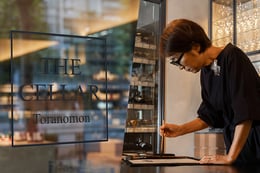
The Cellar Toranomon / Garan Sato
The Cellar Toranomon
Located in Tokyo’s Minato Ward, The Cellar Toranomon is a specialty shop carrying a wide but finely curated range of wines. Enthusiastic, knowledgeable staff take part in the curation process, which involves multiple rounds of tasting and personally hearing from wine producers and importers. The Cellar Toranomon also holds events on an almost-weekly basis. It does not only sell wine, but also invites wine makers and importers to share their stories and spread their passion for wine.
Garan Sato
After graduating from art college, Garan Sato worked as an interior designer before becoming a calligrapher. She pioneered the concept of artistic calligraphy, which entails writing calligraphy as if drawing a picture to express the hidden feelings behind each kanji character. The unique worldviews conveyed in her line strokes and composition, which draw from her experience as an interior designer, have attracted the art world's attention. Currently, Ms. Sato holds artistic calligraphy classes, has been featured on television shows, and has taken part in numerous group exhibitions.
Customer's Voice
Everything was excellent . The teacher is clearly a very skilled calligrapher. She was also an excellent teacher. We both enjoyed the experience. The translator was also very good and a pleasure to spend time with. A wonderful way to learn calligraphy in a very professional setting. This was a high level learning experience not a gimmicky tourist entertainment.
J.G. United States
Location
The Cellar Toranomon
Minato Ward, Tokyo
Request for booking
Select first preferred date (JST)
January 2026
Sun
Mon
Tue
Wed
Thu
Fri
Sat

Instant Booking

Request Booking

17
Full

17
Unavailable
Tokyo
120mins
from ¥55,000 /person
1 - 6 participants
Available in English
Cancel free up to 4 days prior
Things to know
Contact Us
If you have any questions, please contact us using the form below.
We also accept bookings from corporate clients and travel agencies.